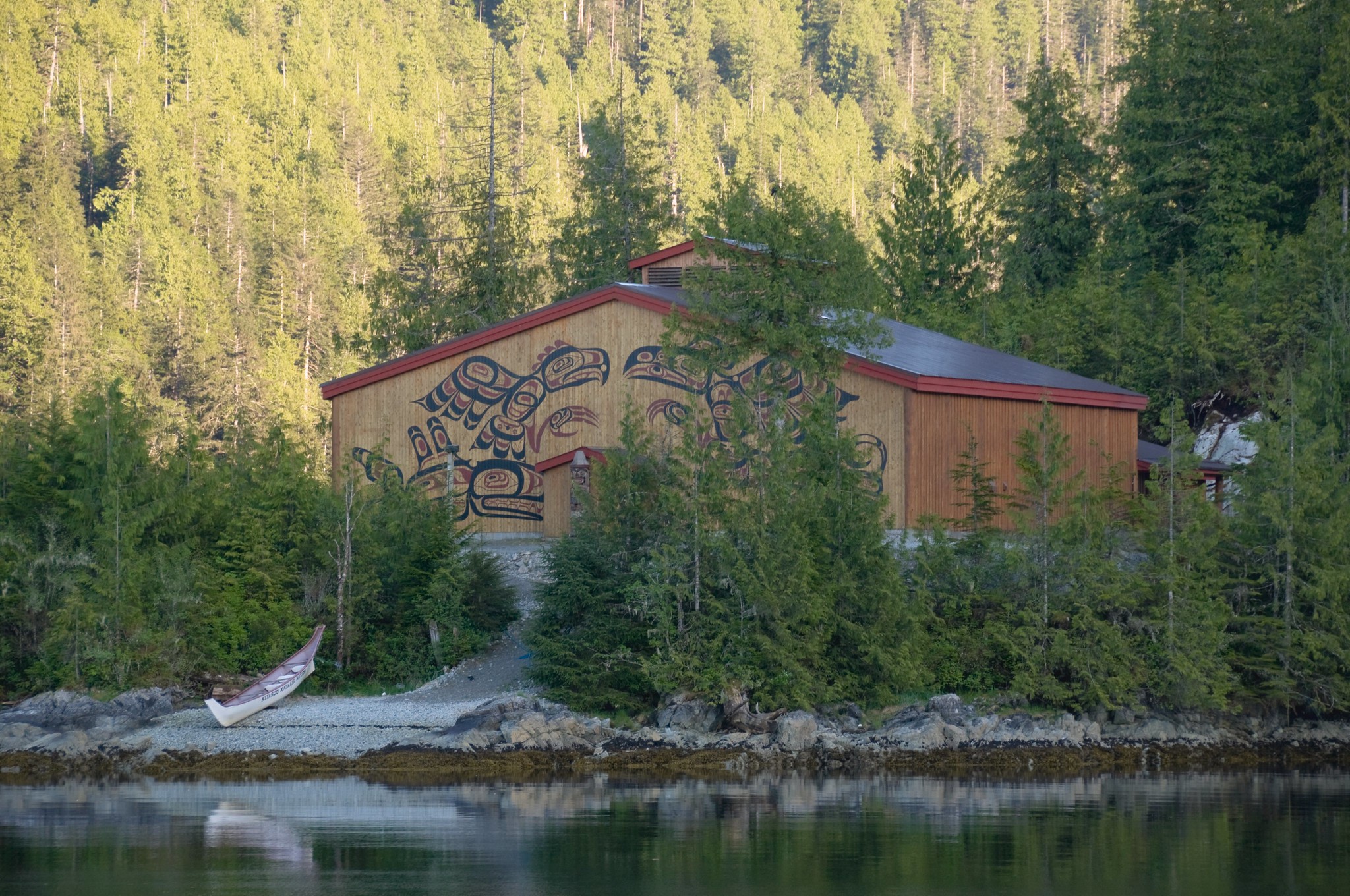Excerpt:
Indigenous Marine Protected and Conserved Areas hold a key to food security and balancing ecological and economic priorities. Part one of two.
The spring herring spawn is unfolding in Kitasu Bay, known by the traditional name Gitdisdzu Lugyeks, and everyone has come out to feast.
Today the water is glassy, making it easy to spot humpback whales and their exhalations of breath, which send plumes of mist high into the air. Whiskery sea lions call out their chortling barks as they float on their backs, a look of gluttonous contentedness on their faces. The sleek black bodies of surf scoters form a massive raft known as a scooter of scoters, tens of thousands strong.
Kitasu Bay sits within the traditional territory of the Kitasoo Xai’xais First Nation and is located on the Central Coast of British Columbia. Last summer the nation declared it a protected area under their own laws, closing it to commercial harvest by non-Indigenous fishers. Their declaration invited the provincial and federal governments to work with them to develop a co-governance model, but added, “we seek no permission.”
Doug Neasloss, Kitasoo Xai’xais chief councillor and stewardship director, points to a map on his office wall, tracing the wide swaths of their traditional territory where herring would spawn, staining the water a pale milky colour. Then the champagne-coloured roe, each the size of a sesame seed, would appear, thickly coating every surface to signal the end of winter’s long, lean times.
Herring used to spawn up and down the entire B.C. coast, along with salmon, eulachon, abalone and other once-plentiful food sources.
But colonization took away First Nations’ rights to manage their own territories and gave that power to Fisheries and Oceans Canada, or DFO. This federal department oversaw the collapse of the Atlantic cod industry and has seen species similarly dwindle to the point of collapse on the west coast.
To protect their territories and the diminishing resources that have sustained them since time immemorial, First Nations have been using a number of different strategies to re-establish stewardship over their own territory.
One way to do that is by establishing an Indigenous Marine Protected and Conserved Area, or IPCA, like the Kitasoo Xai’xais did with Kitasu Bay, the Haida did with Gwaii Haanas and the Mamalilikulla First Nation did with Gwaxdlala/Nalaxdlala, or Lull Bay/Hoeya Sound…
Coastal First Nations:
Kiatsu Bay Marine Protected Area (06-21-2022)
The Kitasoo Xai’xais Nation in Canada’s Great Bear Rainforest announce their first Marine Protected Area in Gitdisdzu Lugyeks (Kitasu Bay).
Also of Interest:
‘We’re tired of waiting’: the First Nation that unilaterally declared a marine protected area – the Guardian (05-03-2023)
For 20 years, indigenous people of the Kitasoo/Xai’xais saw their coastal waters being depleted while the Canadian state dithered. Now they’ve taken matters into their own hands.









